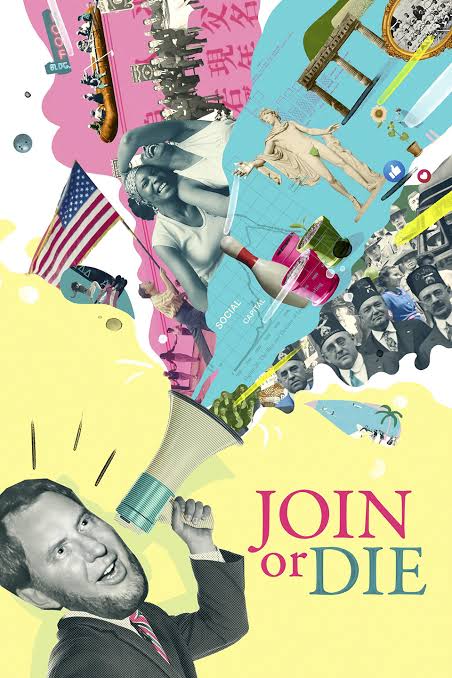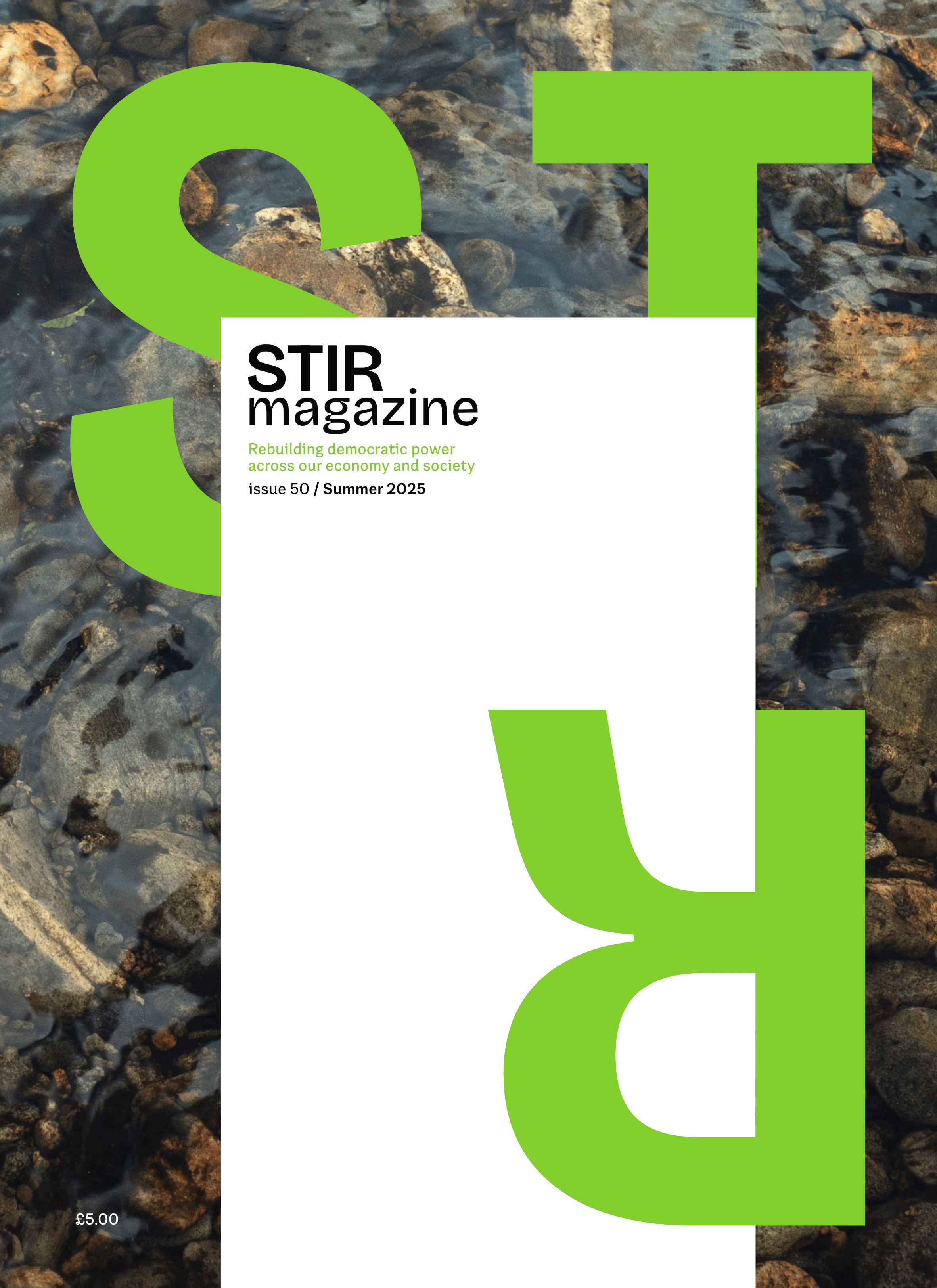Art needs somewhere to take root.
Bradford, designated UK City of Culture 2025, is no different. Home to a vibrant creative community, many artists in Bradford are experiencing the same affordability crisis afflicting countless neighborhoods in the UK.
The People’s Property Portfolio (PPP) was founded by members of the local creative community to create affordable, accessible, and secure spaces. Their long-term goal is to create a network of community-owned buildings and assets that serve social needs.
PPP’s founders saw an opportunity for this vision in the shared needs of community members and artists experiencing volatile, short-term tenancies in buildings that weren’t accessible for all or fit for purpose. Many of those buildings were also left vacant. In 2022, the Department for Levelling Up, Housing and Communities (now MHCLG) reported at least 3,416 homes liable for council tax in Bradford had been unoccupied for at least six months.
“You have these underutilised buildings, and then you have this young, growing and eager local creative scene that doesn’t have access to spaces that can meet their needs,” Carys Fieldson, a Director of PPP, said.
“A tale as old as time”
Far-off investors speculating on community assets are a big part of the problem. Research conducted by PPP in 2022 revealed that nearly 1400 properties in Bradford city centre are owned by external or offshore companies. Many own more than five. Absentee landlordism is sucking wealth out of the community and sending it to faraway shareholders.
This extractive model makes it harder for artists in the City of Culture to build a livelihood. A 2024 report by the Bradford Producing Hub confirmed what many local artists knew, stating that creative workspaces are often insecure and unaffordable.
Sarah Bird, a sound artist and Director of PPP, says this state of affairs is common across the UK.
“It's a tale as old as time,” she said. “It’s happening everywhere. Nationwide, it’s all the same narrative. It's heartbreaking.”
What affordability really means
Community ownership models like PPP are a local alternative to extractive landlordism that raises rents on artists. PPP is a Community Benefit Society (CBS), which is a democratic way to hold buildings and land, and ensures that investment, assets, and profit go into the local community. Unlike other co-operatives, their core function is to operate for the benefit of the wider community, Fieldson said.
PPP also enlists the partnership of a range of local actors. This includes public institutions (Bradford’s council and West Yorkshire Combined Authority), social initiatives (Local Access Bradford and Impact Hub Bradford), and tenant and user groups. The creative community is heavily involved, too. Castles in the Sky, an LGBTQIA+ creative company, Common/Wealth Theatre, and local radio stations are trying to set down roots locally despite rampant short-term tenancies.
“As a social landlord, we see buildings as vital hosts for supporting all kinds of creative and grassroot community activity,” Fieldson said.
“It’s important that affordability is relative to the average local income for artists and creative freelancers. A lot of people talk about affordable workspaces, but what does affordable really mean when it comes out of your bank balance every month?”
Affordability should also mean reinvestment in the community, so wealth stays put locally. Rather than flowing to offshore tax havens, revenue from PPP goes back into the community. Fieldson says far-off investors have a habit of buying cheap, waiting for the asset to appreciate value, before selling to benefit shareholders – which contributes to high vacancy rates and underutilisation in Bradford's city centre buildings.






.jpg)








